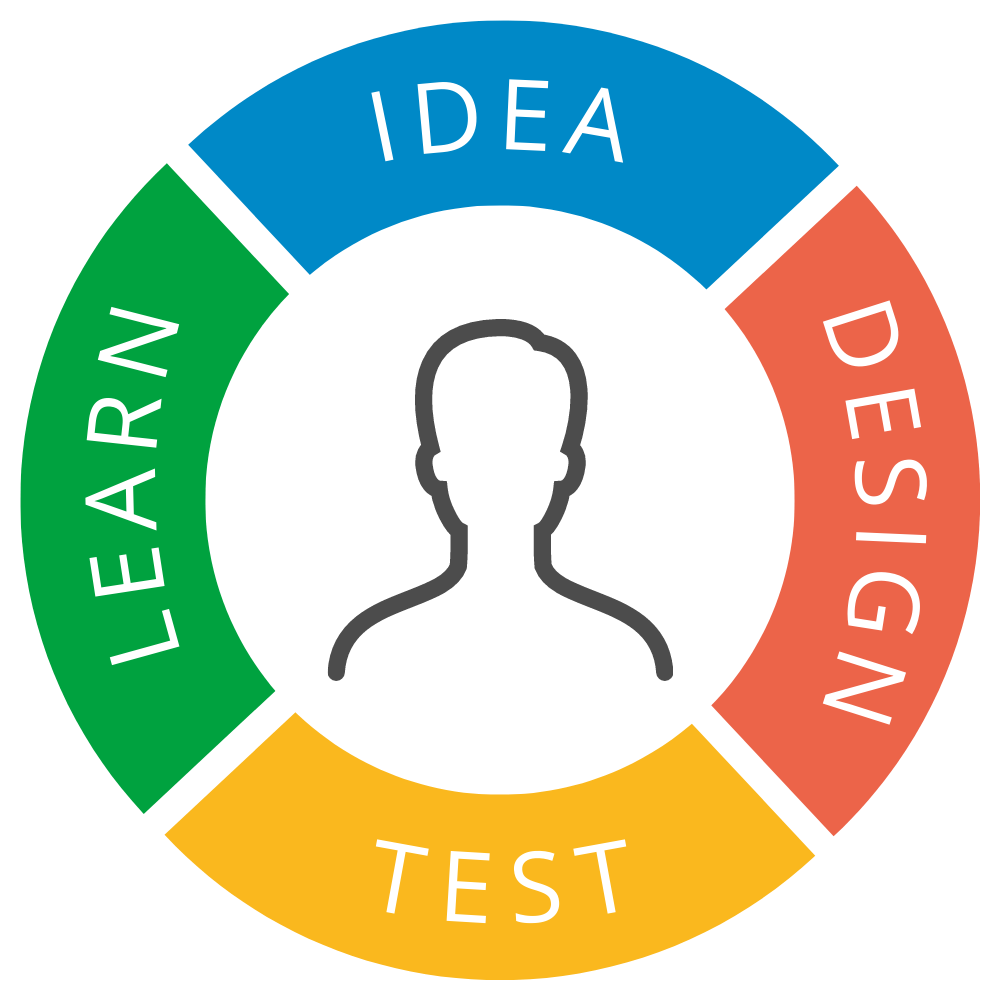All the great UX minds gathered to Tallinn Creative Hub (Kultuurikatel) on the 22nd of November to listen and learn from the best UX specialist from all over the world. World Usability Day Estonia 2019 encouraged to walk an extra mile in customer´s shoes not to only understand what they want and need but to really see what will make them fall in love.

Talk to people about their most favourite subject…themselves
First speaker Scott Gould taught about the mystery of engagement. Even when we are getting engaged in the lowest level of like, how to get this deep level of engagement to keep the relationship? All the relationships start with a humble conversation, talk to people what you share in common, scatter to find it and gather around it, so you could finish with evoking something that really matters.
Scott also has a free test to find out how do you engage.

You should not only feel sorry for your customer but feel their pain
Tomasz Pieta described the difference between sympathy and empathy. We can’t care about the outcome when we don’t actually feel empathy towards our customers and don’t feel what they are experiencing. A good researcher should also ask questions, challenge things we get used to, observe and think about the whole puzzle.

Human diversity is the root of innovation
Daniel Kotsjuba and Stein Erik Skotkjerra both agreed in their presentations that we should design to solve problems. 15% of the world population lives with some kind of disability and what can be the excuse to cut some of them out from a target group.
Accessibility is not a niche feature, it’s something we need in universal design.

Great design-thinkers and problem-solvers are curious, critical, empathetic BUT not f***ing unicorns!
Martina Mitz added some spice with diagnosing UX charlatans and pointing on some misunderstandings in user experience design. The term “UX” becomes more and more popular and people can’t wait to be part of it. Unfortunately without knowing what it actually is, you can do more harm than good. UX is not only user research or UI design, it is affecting peoples lives with our work.

Begin at the beginning and go on till you come to the end: then stop
Eric Reiss introduced us the golden key to the Information 4.0. Information should be gathered in useful categories, then called something recognizable. It should be displaced somewhere people can find it and the most important is to establish context through design and metadata.

If it doesn’t involve emotions, it’s not an experience
Timo Kiuru reminded us that the biggest tragedy in life is to be in a relationship and not being seen. Your customer wants to be seen! So every time you are designing for an experience you need the design to tell them “I love you!” You should provide experience full of small and kind surprises and when the customer finally says “I love you!” then it´s your turn to say “But I love you even more!”

Also thank you Tariq Zaman, Ellen Pearlman, Yuri Vedenin, Anastasia Schebrova, Gilbert Cockton and Mira Alhonsuo for an eye-opening presentation.

